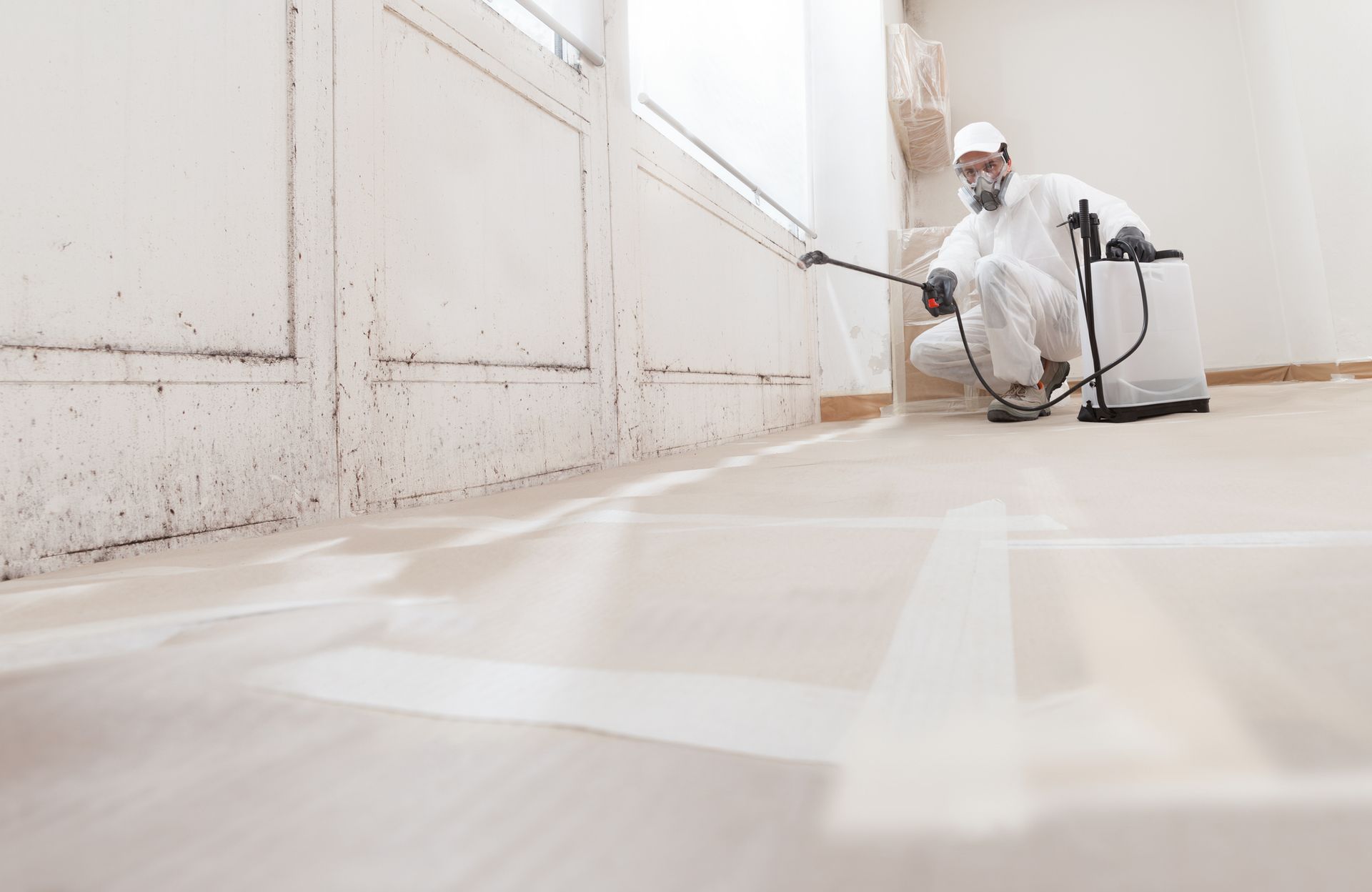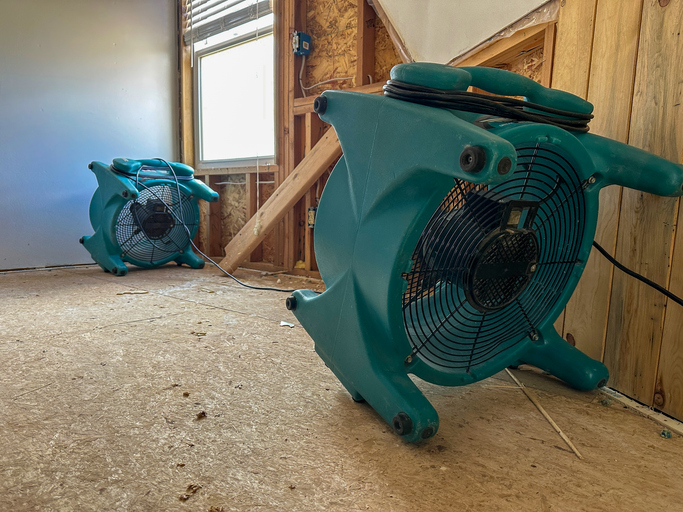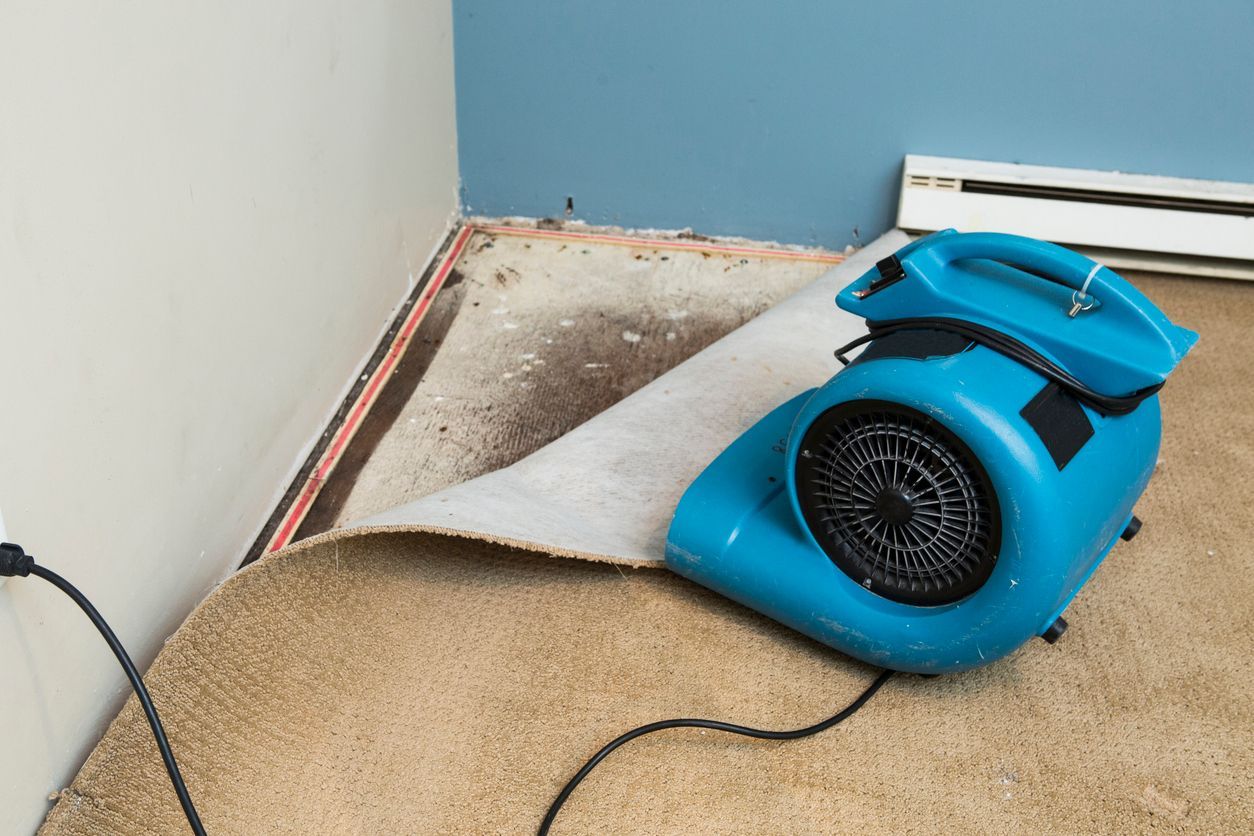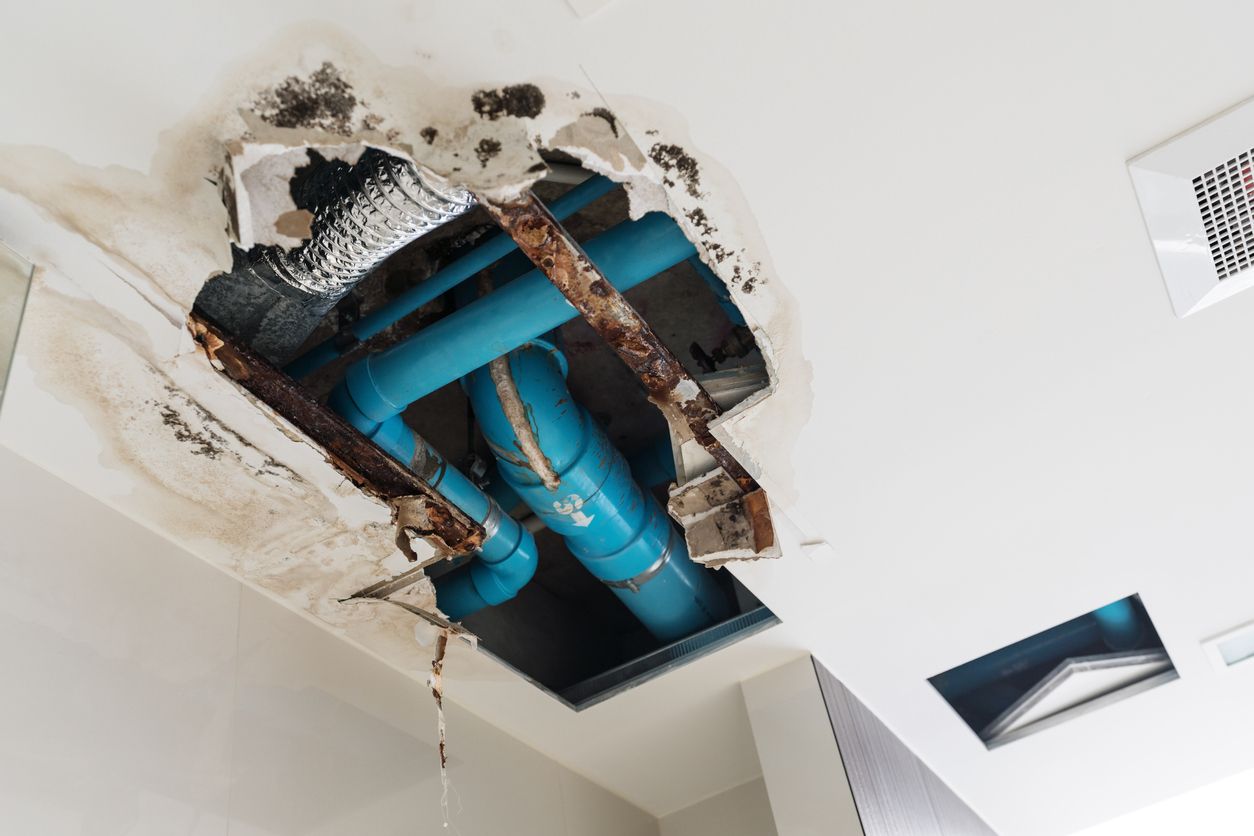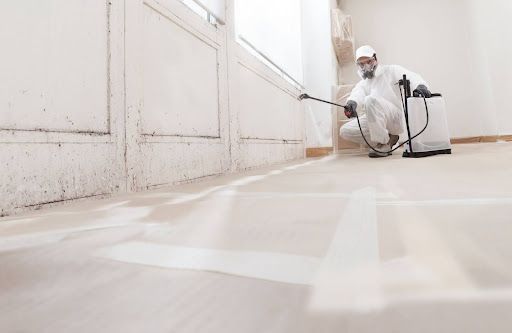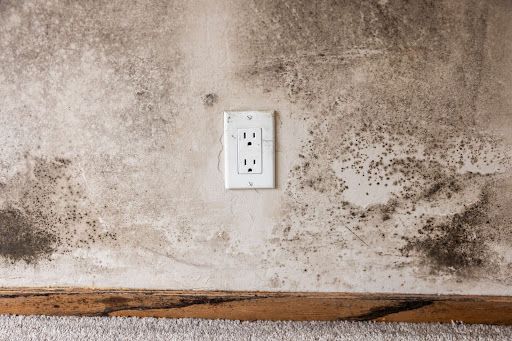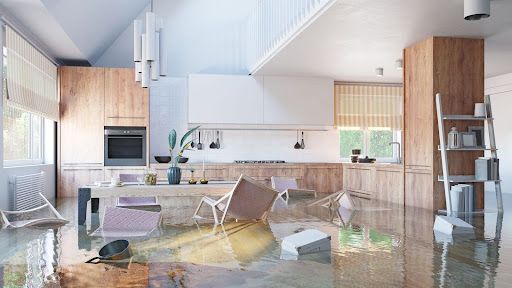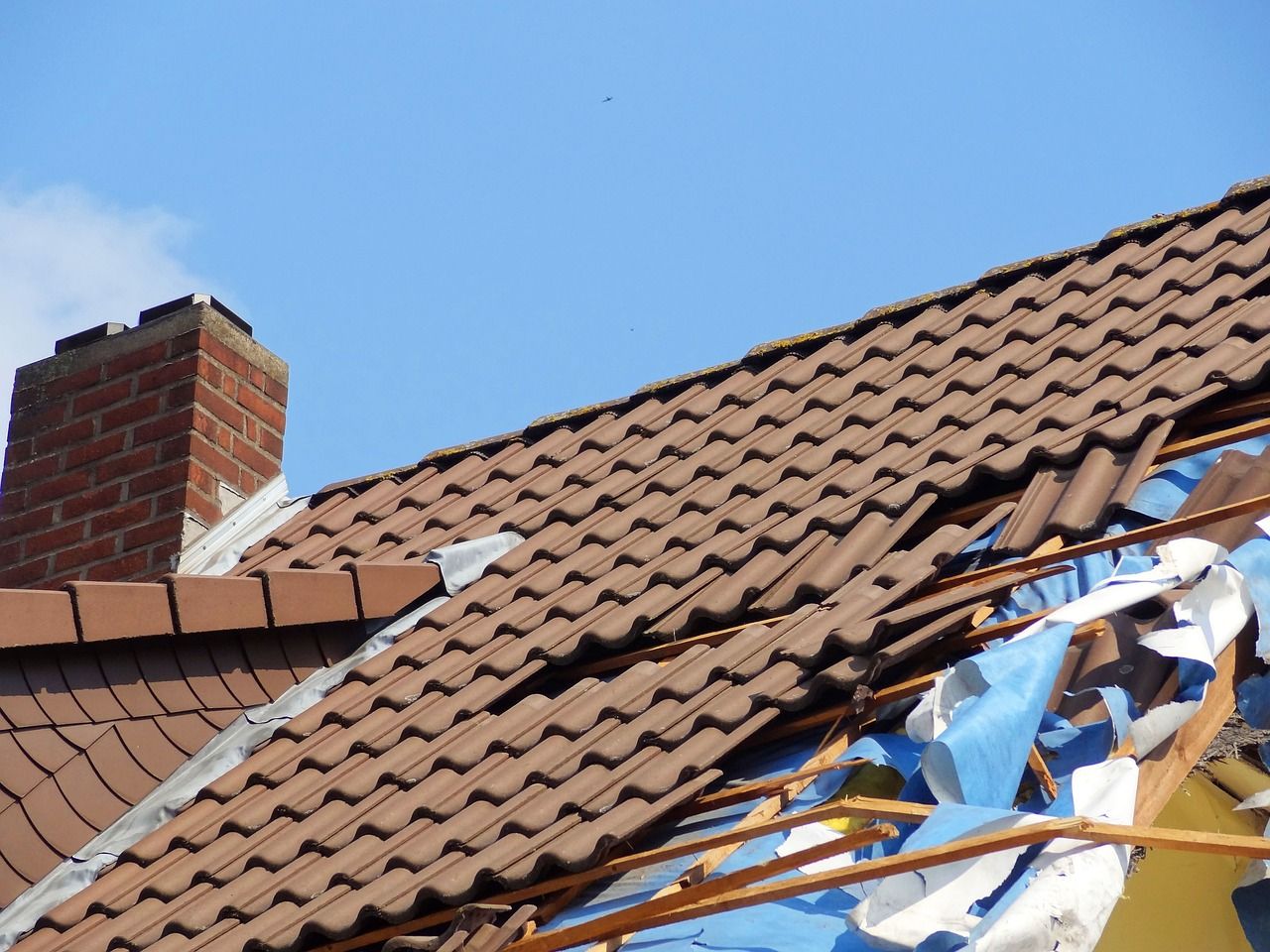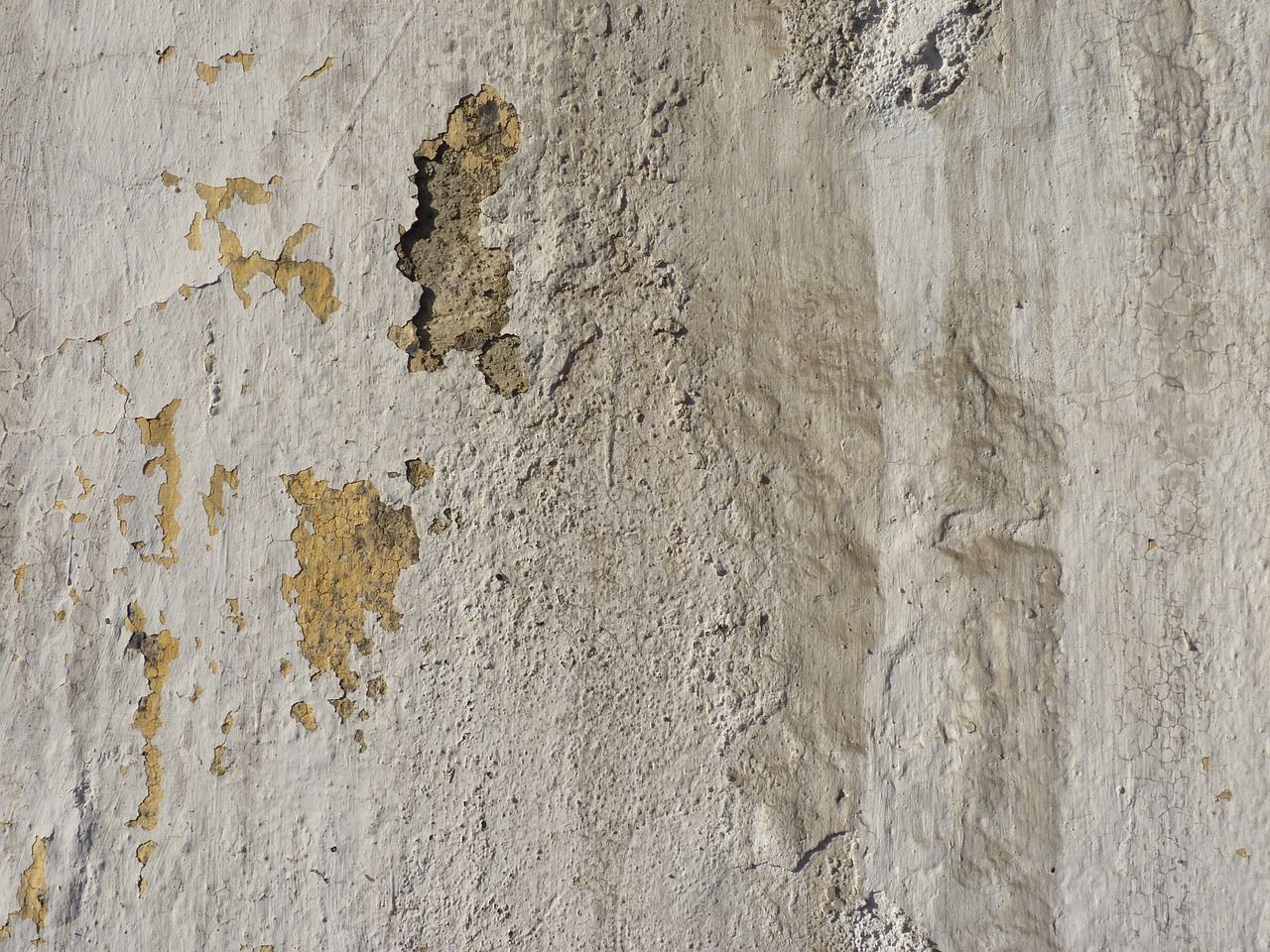Quick Steps to Prevent Flooding from a Burst Pipe
Quick Steps to Prevent Flooding from a Burst Pipe
A burst pipe can cause serious damage to your home in minutes, leading to costly repairs. Acting fast is key to stopping flooding and minimizing harm. The first step is identifying the issue and cutting off the water supply. Then, focus on containing the water and safeguarding your belongings. For reliable assistance, contact plumbers in Vancouver WA to address the situation quickly and effectively. These professionals help your home get the care it needs, preventing further damage and restoring normalcy as soon as possible.
How to Identify a Burst Pipe Problem
Signs of a Burst Pipe
A burst pipe can show itself in different ways, depending on the severity and location of the break. Look for sudden changes in water pressure or an unusual lack of water flow. Another common sign is water pooling in areas where it should not be. Walls, ceilings, or floors may show visible water stains or bubbles. Strange noises like gurgling or hissing from your plumbing are also warning signs. If you notice a sudden spike in your water bill, it could mean water is escaping through a break in the pipe.
Pinpointing the Location of the Damage
Finding the exact location of the burst is key to addressing the problem. Start by checking areas where you notice leaks or pooling water. Examine walls, floors, and ceilings for signs of dampness or discoloration. In colder weather, check exposed pipes in unheated spaces like basements, attics, or garages, as these are more prone to freezing and bursting. If you hear running water but all fixtures are off, it could indicate a break within the walls. If the location is not obvious, shutting off the main water supply and watching the water meter can help confirm a hidden leak.
Stopping the Water Supply Immediately
Finding the Main Shutoff Valve
Stopping the water supply quickly can prevent significant damage. Locate the main shutoff valve in your home. It is often found near the water meter, typically in the basement, crawl space, or outside near the foundation. If you live in a warmer climate, it may be near an external wall or underground. Turn the valve clockwise to shut off the water completely. If the valve is stiff, use a wrench for leverage. Knowing the location and testing it beforehand can save valuable time during an emergency.
Turning Off Appliances Using Water
After shutting off the main water supply, turn off appliances connected to your plumbing system. This includes the water heater, washing machine, and dishwasher. For the water heater, locate the valve and turn it off to prevent damage from running dry. Shut off individual appliance valves where possible to isolate them from the system. Turning off these devices helps reduce pressure in the pipes and prevents further leaks. It also protects the appliances from damage caused by disrupted water flow or sediment buildup.
Containing Water to Minimize Damage
Using Towels and Buckets to Contain Flooding
When water starts spreading, quick action with towels and buckets can help limit the damage. Use thick towels to soak up water from floors or small leaks. Wring them out regularly to maximize absorption. Place buckets under areas with active drips or steady leaks to collect water. For larger leaks, combine towels and buckets to manage the flow effectively. Keep replacing saturated towels to maintain control over the flooding. This immediate action helps prevent water from spreading to other areas, reducing the chances of severe damage to floors and carpets.
Safeguarding Furniture and Valuables
Move furniture and valuables away from the water to prevent damage. Start with items that can be easily carried, like rugs, cushions, and electronics. Use plastic sheeting or garbage bags to cover larger items that cannot be moved. Elevate furniture off the ground using bricks or wooden blocks if possible. For sentimental or important items like documents and photos, place them in watertight containers or move them to a safe, dry area. These actions help protect your belongings and make the cleanup process easier. Acting quickly minimizes long-term damage and loss.
Temporary Repairs for the Burst Pipe
Applying Pipe Tape or Epoxy Putty
Pipe tape and epoxy putty are quick fixes for a burst pipe. Start by turning off the water supply and drying the pipe thoroughly. Wrap pipe tape tightly around the damaged area to seal the leak. Use multiple layers to ensure a snug fit. If you opt for epoxy putty, knead it until it softens and apply it directly over the break. Smooth it out and allow it to cure as instructed on the packaging. These repairs are temporary but can help stop leaks until professional repairs can be made.
Securing the Pipe with a Clamp
Pipe clamps provide another temporary solution to stop leaks. Choose a clamp that fits the diameter of your pipe. Place a rubber patch or piece of gasket material over the break to create a seal. Position the clamp over the patch and tighten it securely using a screwdriver. The clamp applies pressure to the damaged area, holding the seal in place and preventing water from escaping. This method is ideal for larger breaks or areas where tape or putty cannot fully cover the damage. It helps buy time while waiting for a professional repair.
Calling for Professional Assistance
Preparing for the Plumber’s Arrival
Before the plumber arrives, take steps to manage the situation. Turn off the main water supply and clear the area around the burst pipe. Move any furniture, rugs, or items that could obstruct access to the damaged area. Take pictures of the damage for insurance purposes if needed. If water has spread, use towels or buckets to contain it as much as possible. Provide clear information to the plumber about the location and extent of the issue. These actions can help the plumber work more efficiently to fix the problem.
Why Immediate Help Matters
Getting help quickly can prevent further damage to your home. Water from a burst pipe can cause structural issues, damage personal belongings, and lead to mold growth. Professional plumbers have the tools and knowledge to address the situation and restore the plumbing system. Delaying assistance can increase repair costs and worsen the damage. Quick action also protects water-damaged areas from being neglected. Calling for help as soon as the problem occurs reduces risks and keeps your home safe from further harm.
Steps to Protect Your Home from Burst Pipe Damage
Acting quickly during a burst pipe emergency can help you avoid severe damage to your home and belongings. Identifying the problem, stopping the water supply, and containing the flooding are immediate priorities. Temporary fixes, like pipe tape or clamps, buy time before permanent repairs. Professional help is vital to resolve the issue effectively. For reliable water damage mitigation and cleanup, reach out to Verg Restoration. We specialize in water and fire restoration services, providing the support you need to restore safety and comfort. Do not delay; contact us today to protect your home and belongings!
